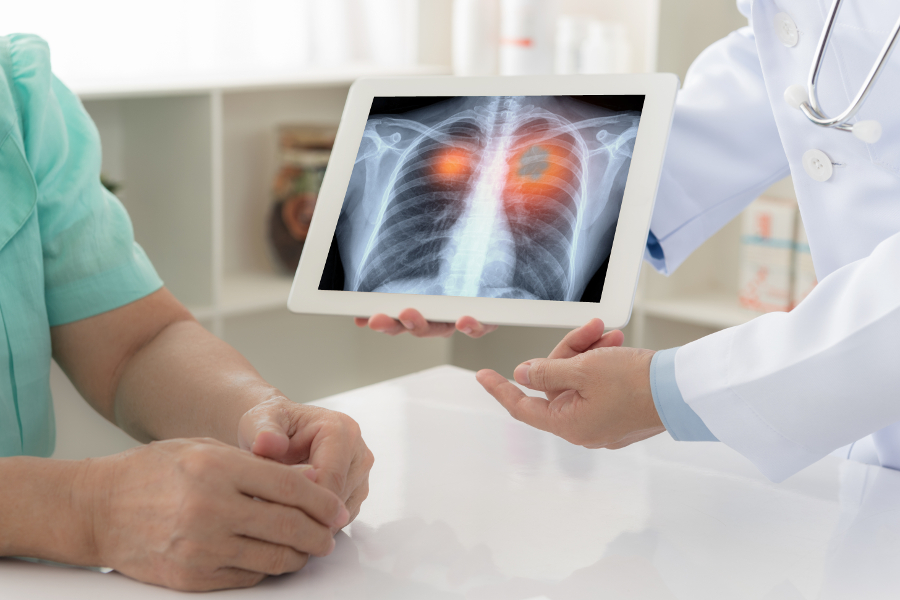
Improving the healthcare continuum of lung cancer patients at all stages through big data analytics
Lung cancer is the fourth most commonly diagnosed cancer, after female breast, colorectal, and prostate cancers. According to the Joint Research Centre (JRC), the European Commission’s science and knowledge service, it affects around 318,000 people in the European Union (11.9% of all diagnosed cancers) and it is the most common cause of death (20.4%) among the different cancers.
Lung cancer has also the highest economic cost (€18.8 billion, 15% of overall cancer costs). In addition, lung cancer patients with comorbidities while common in practice, are often underrepresented in clinical trials. As a result, the management of the disease is frequently suboptimal and not personalized, affecting also overall survival.
The Lung Cancer pilot in BigMedilytics — involving National Centre of Scientific Research “Demokritos” (as leader of the pilot), Athens Technology Center, Universidad Politécnica de Madrid, Hospital Universitario Puerta de Hierro, and Leibniz Universität Hannover — aims to extract knowledge from big data to improve the healthcare provided to lung cancer patients at all stages, i.e., prevention, diagnosis, treatment, and follow-up, including the last period of life. The pilot also aims at strengthening the sustainability of healthcare systems by reducing costs, while improving quality and access to care.
In order to achieve its goals, the pilot mines open data (mostly PubMed, and Drug Bank), as well as electronic health records of patients. With the use of biomedical ontologies, data are annotated and stored in a knowledge graph, that is accessible through a dashboard.
The Lung Cancer knowledge graph can then be used to identify evidence of the disease before diagnosis that may lead physicians to clinical suspicion of lung cancer. Through, early detection and treatment of possible symptoms or secondary effects, a secondary target is to reduce the number of visits to the Emergency Room. Finally, the knowledge graph will be used to tailor treatments to patients with different comorbidities, thus reduce toxicities.

